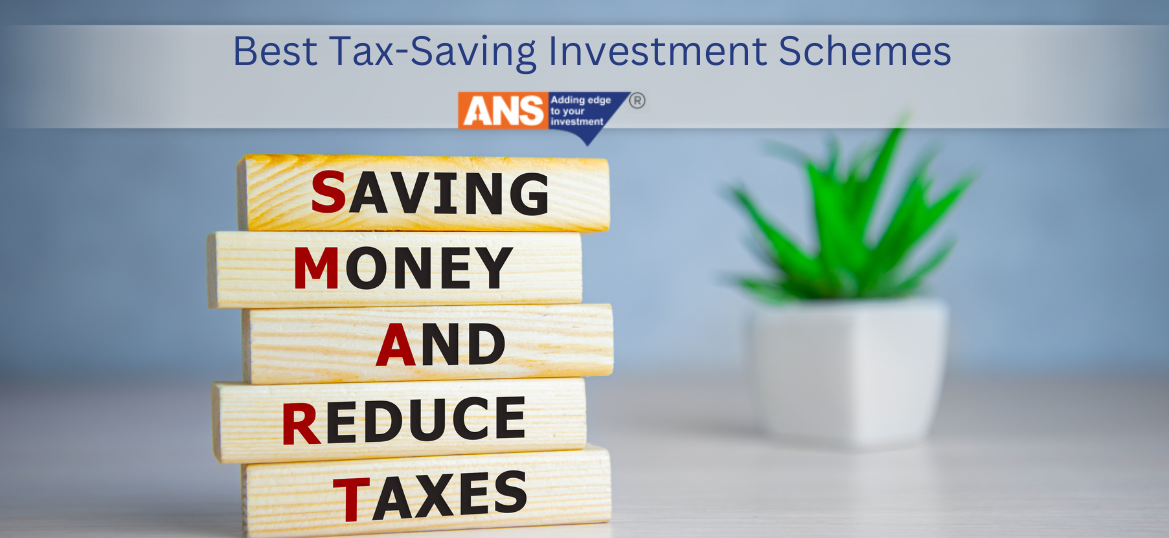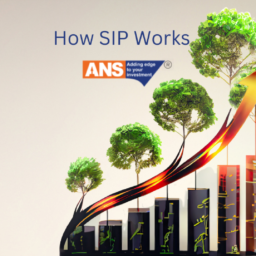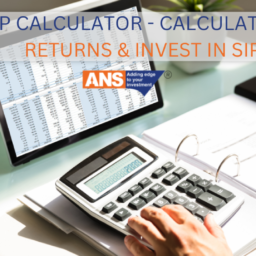
How much tax can you save and what is the process behind the same? This one question often gets people entangled in the vicious process of tax planning.
So, whilst planning on how to save tax in India, you should also divert your focus towards investing in the best investment option that suits your risk appetite, since this ultimately aids you in reducing financial stress. Remember to consider factors like safety, returns, and liquidity of funds while opting for any tax-saving investment plans.
Best Tax Saving Investment Options in 2023
1. Tax- Saving Fixed Deposit
With a minimum lock-in period of 5 years, Tax Saving Fixed deposit is considered a good option for low-risk investors with a medium investment horizon.
This scheme is considered one of the safest tax-saving schemes as it guarantees returns every year. The deposited amounts qualify for a tax deduction of up to Rs. 1.5 lakh per annum subject to condition under Section 80C Of the IT Act, 1961.
You can start investing with a minimum amount of Rs.1000 and the interest rate varies usually between 5.5% – 7.75% and interest earned here is taxable.
2. PPF ( Public provident scheme )
PPF or Public provident fund is considered a goldmine because it falls under the EEE or ‘exempt exempt exempt’ category which means the contribution made towards the PPF account, the interest earned, and maturity proceeds are all tax-free.
As a Taxpayer, you can claim a tax deduction of a maximum of Rs. 1.5 lakh per annum under section 80C of the Income Tax Act. It comes with a lock-in period of 15 years and after the end of the maturity period, you can either withdraw the money from the account or can continue for another 5 years.
A minimum contribution of Rs.500 is enough to start the investment and the interest rate varies and is reset every quarter by the central government.
3. ULIP (Unit linked insurance plan)
ULIP is one of the most crucial investment plans, as it ensures that one’s family is financially balanced in case of unfortunate events like death during the policy term. It enables you to invest in various market-linked funds, stocks, or bonds.
By possessing a life insurance plan, investors receive the dual benefit of tax deduction both on the premium paid and the returns out of the policy on maturity i.e., income on maturity is also exempted from IT under Section 10(10D). It offers a tax deduction on premiums up to Rs.1.5 lakh per annum under Section 80C of the IT Act,1961.
With a lock-in period of 10-20 years, the interest rate varies between 2.25% to 9% and is best suited for those who want to gain high returns on investment over a long-term period.
4. National Savings Certificate
National Savings Certificate is a low-risk investment scheme suited for small to middle-income category investors to invest and gain high returns.
It offers a tax deduction of Rs. 1.5 lakh per annum under Section 80C of the Income Tax Act, 1961. With a minimum amount of Rs. 1000, the investors can start investing and this scheme provides a 6.8% annual interest rate.
The interest earned is again added back to the initial investments and is eligible for tax exemption. The maturity period remains fixed at 5 years and 10 years and it’s up to an investor to choose between any of those periods.
5. Senior Citizen Savings scheme
A Senior Citizen Savings scheme is specifically designed to provide financial safety for all those individuals who are above 60 years. It offers the highest rate of returns i.e7.4% per annum.
The depositors can start the investment with a minimum amount of Rs.1000 and can invest up to Rs.15 lakh. Investments in this scheme qualify for the tax deduction up to Rs.1.5 lakh from the taxable income under Section 80C of the Income Tax Act, however, the interest received is subject to taxation according to the tax slab applicable.
It comes with a lock-in period of 5 years and can be further extended by another 3 years after the maturity period expires.
6. Health insurance
Health insurance acts as a financial protection against medical expenses as it covers the pre and post-hospitalization expenses along with the tax benefits under Section 80D of the Indian Income Tax Act,1961.
Based on the premium paid for one or more insurance policies, a policyholder can avail of the deduction up to Rs, 25,000 annually (for yourself and your family) and the limit will increase up to Rs.50,000 (if the age of the insured is 60 years or above).
This limit also adds the coverage of Rs.5000 tax benefits on health check-ups of family members (including parents, spouse, and dependent children)
7. NPS
The NPS or the National Pension Scheme is regulated by the Pension Funds Regulatory and Development Authority – PFRDA, with an aim to provide financial security to the government as well as private employees on retirement.
Any individual between the age group of 18 to 60 years can start contributing to this retirement pension scheme with a minimum investment of Rs.500.
The investor can avail of the benefit of tax deduction by investing in NPS up to Rs.1.5 lakh under Section 80CCC. The investor can claim an additional deduction of Rs.50,000 under Section 80CCD(1B) for contributions made to the NPS Tier I account.
8. Equity Linked Savings Scheme (ELSS)
Equity Linked Savings Scheme is considered one of the best tax saving options to save tax and yield substantial returns by gaining a market advantage. It is more suitable for the investor who invests a large percentage of their portfolio in equity and equity-linked instruments and carries a medium to high-risk appetite.
This scheme gets covered under Section 80C of the Income Tax Act and investors qualify for tax exemption/deduction up to Rs. 1.5 lakhs. With a minimum Rs.500 contribution, the investments have a mandatory lock-in period of 3 years at an interest rate of 5%-18%.
9. Sukanya Samriddhi Yojna (SSY)
As a part of the campaign “Beti Bachao Beti Padhao”, Sukanya Samridhi Yojana was launched by the government of India back in 2015. This uniquely designed scheme can only be used by parents of a girl child, and they can open an SSY account after the birth of a girl till she turns 10.
A minimum investment of Rs.250 is required to be made per year and it comes with a lock-in period of 21 years. The current interest rate this plan offers is 7.6%.
This scheme further offers a tax deduction benefit of up to Rs. 1.5lakh in a financial year under the conditions of Section 80C of the IT Act,1961.
10. Employee Provident Fund
A scheme under the guidance of the Ministry of Labor & Employment has been initiated termed as Employee Provident Fund.
Employers deduct 12% of employees’ salaries and transfer it towards the EPF account. Both the employer and employee have to make a contribution to the EPF account along with the employees’ dearness allowance in the total salary on a monthly basis. Employees receive a lump sum amount inclusive of accrued interest on retirement.
At present, the rate of interest on EPF deposits is 8.15% p.a. Investment in this scheme qualifies for tax deduction under Section 80C of the Indian IT Act up to Rs. 1.5 lakh per annum. Even earnings generated through this scheme are also exempted from tax.
Conclusion
Whilst there are multiple options available to save tax, it would be sensible to opt for those tax saving schemes that offer you dual benefits i.e. tax saving and wealth building simultaneously. Each of the schemes has its own pros and cons, so choose the one that suits your needs and comes under your risk appetite. If you are still confused about what to do contact ANSPL SHARES for further inquiry.
















